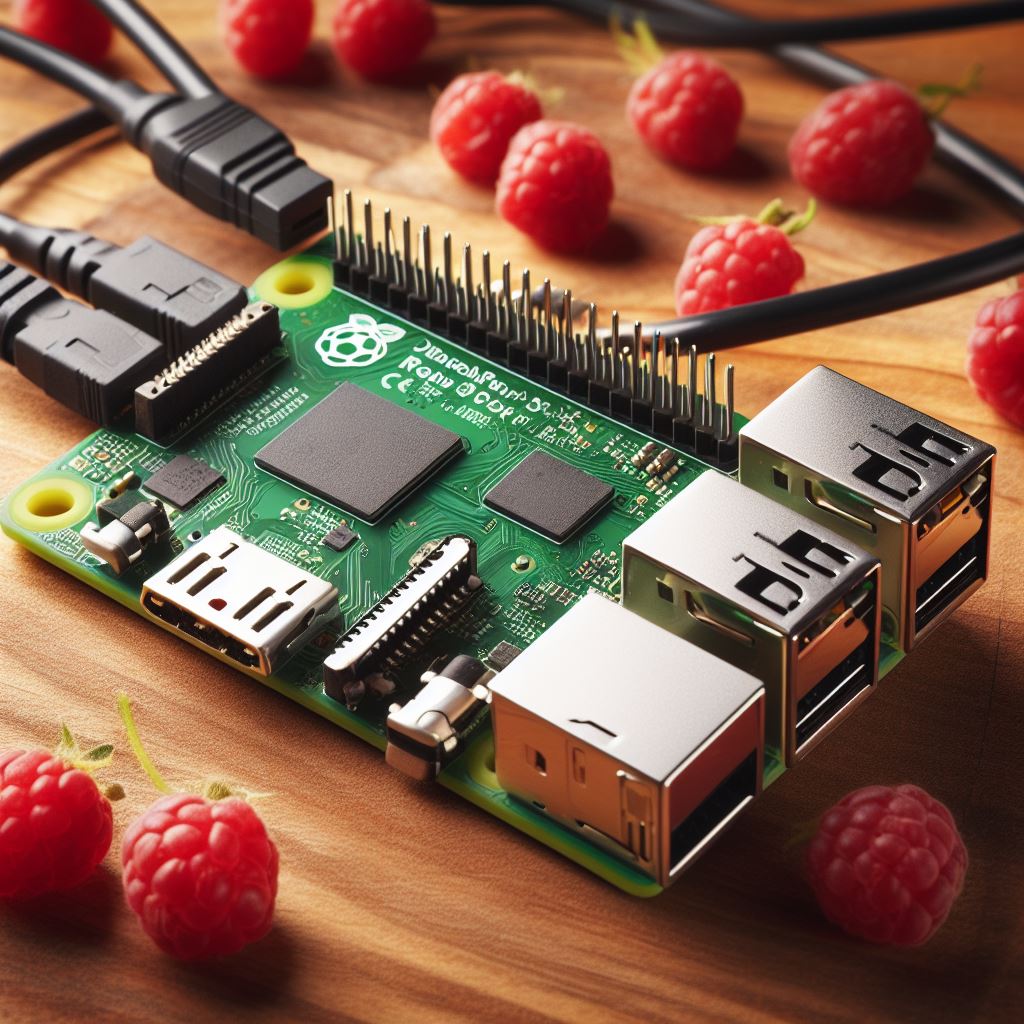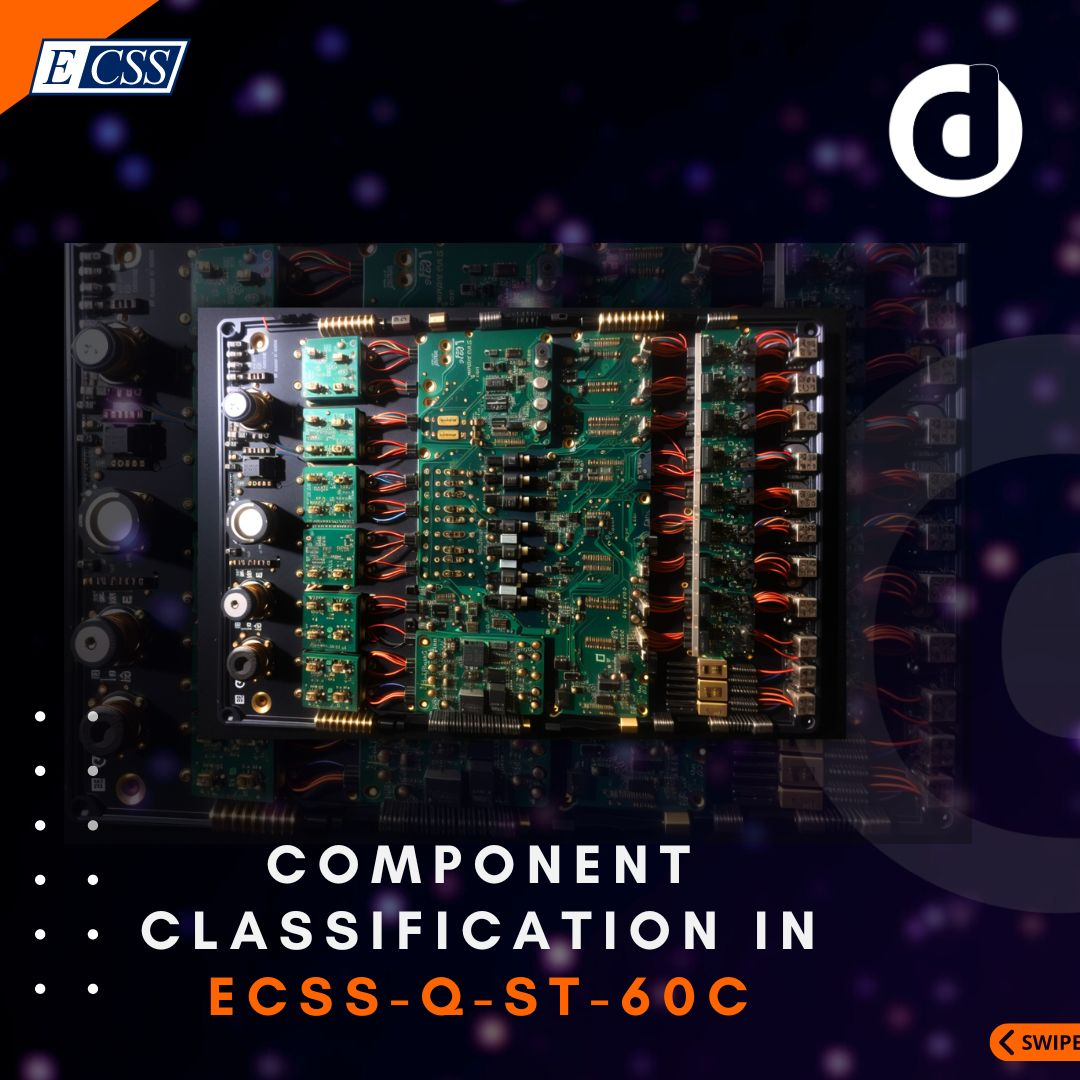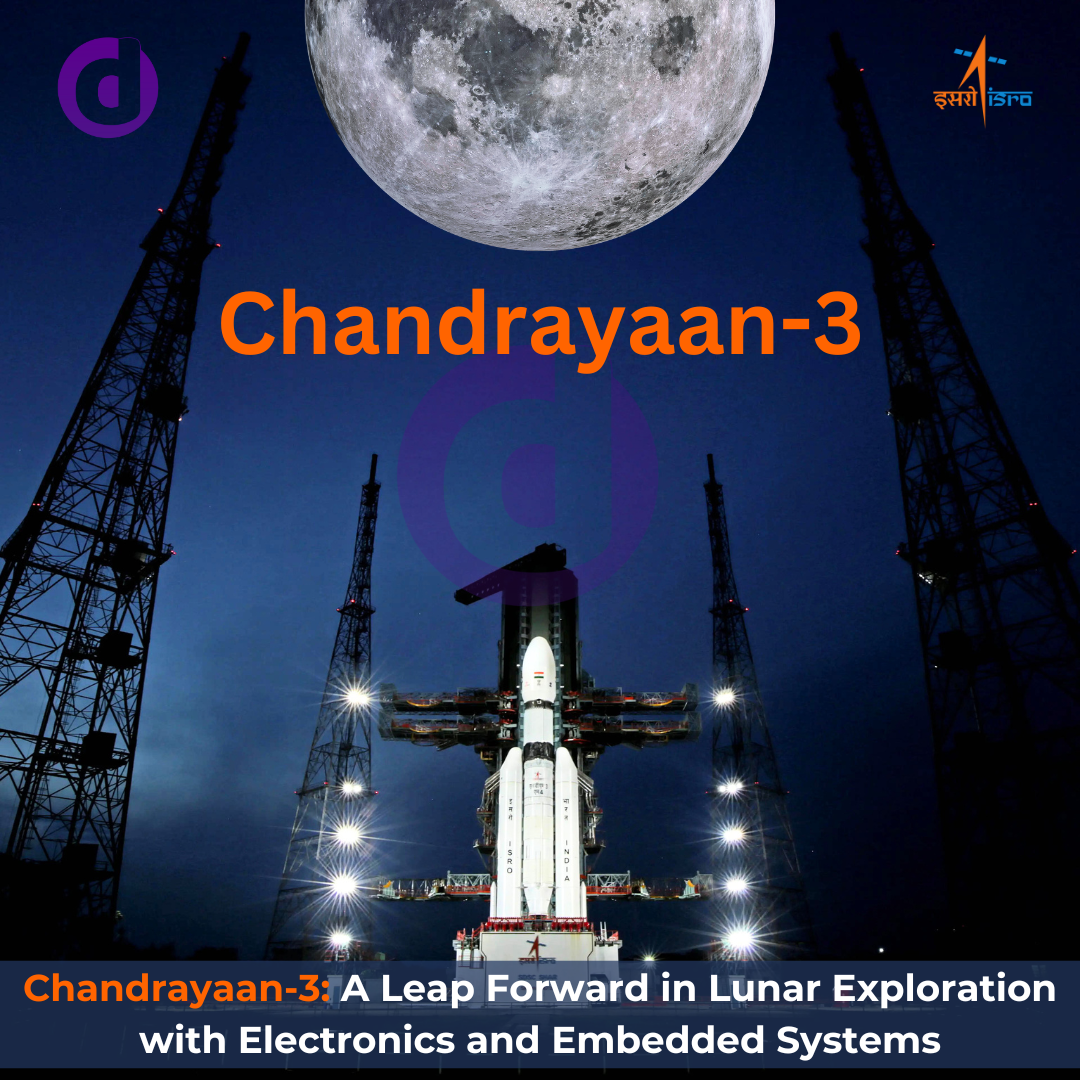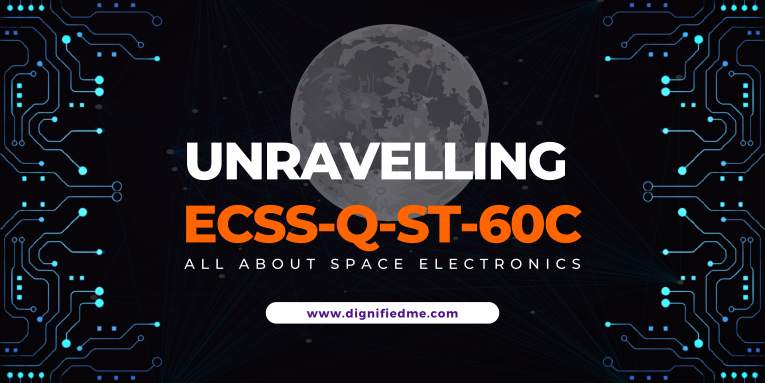 by Rahul Shah
by Rahul Shah Technology
Technology
Unveiling the Future: The Remarkable Raspberry Pi 5
In a world that thirsts for technological advancements, the Raspberry Pi 5 makes a grand entrance, promising a horizon filled with endless possibilities. Its launch is more than just a milestone; it's a leap into a future where barriers to technological innovation are minimized.
The Raspberry Pi 5 is not merely a successor to its predecessor; it's a revolution in microcomputing. The substantial enhancements, from its core processing unit to its graphics capabilities, sets a new standard. The 2.4GHz quad-core 64-bit Arm Cortex-A76 CPU is a powerhouse that stands at the centre of this marvel, propelling computing speed to new heights. This coupled with the VideoCore VII GPU, which supports OpenGL ES 3.1 and Vulkan 1.2, opens doors to high-end graphical applications and real-time 3D rendering.
But what truly sets the Raspberry Pi 5 apart is its potential to fuel the AI revolution. The enhanced processing speed and GPU performance are not just numbers, but a pathway to real-world applications. From machine learning models to neural network deployments, the Raspberry Pi 5 is more than capable of hosting AI applications. Its dual 4Kp60 HDMI® display output and 4Kp60 HEVC decoder ensure that high-definition video processing is a breeze, making real-time video analysis for AI applications smoother and faster.
The connectivity features are not to be overlooked either. With dual-band 802.11ac Wi-Fi® and Bluetooth 5.0, integrating the Raspberry Pi 5 into IoT ecosystems is seamless. Its high-speed microSD card interface, USB 3.0 ports, and Gigabit Ethernet ensure that data transfer is swift, laying a solid foundation for building networked applications and smart systems.
The heart of Raspberry Pi 5's remarkable performance lies in its new chipset, BCM2712, a 16-nanometer application processor from Broadcom. This chip, a descendant of the 28-nanometer BCM2711 AP powering Raspberry Pi 4, is architecturally enhanced, housing a quad-core 64-bit Arm Cortex-A76 processor clocked at 2.4GHz. The chipset promises not just higher speeds but lower energy per instruction, indicating a significant stride towards efficient performance.

Specifications of Raspberry Pi 5:
· 2.4GHz quad-core 64-bit Arm Cortex-A76 CPU
· VideoCore VII GPU (OpenGL ES 3.1, Vulkan 1.2 support)
· Dual 4Kp60 HDMI® display output
· 4Kp60 HEVC decoder
· Dual-band 802.11ac Wi-Fi®
· Bluetooth 5.0 / Bluetooth Low Energy (BLE)
· High-speed microSD card interface (SDR104 mode support)
· 2 × USB 3.0 ports (5Gbps operation)
· 2 × USB 2.0 ports
· Gigabit Ethernet (PoE+ support with separate PoE+ HAT)
· 2 × 4-lane MIPI camera/display transceivers
· PCIe 2.0 x1 interface
· Standard 40-pin GPIO header
· Real-time clock
· Power button
In the fast-paced world of product development, the Raspberry Pi 5 emerges as a beacon of efficiency. Its robust hardware and extensive connectivity options accelerate the prototyping phase, enabling developers to test their ideas swiftly and effectively. The Raspberry Pi 5 is not just a microcomputer; it's a robust platform capable of hosting various applications, from home automation systems to sophisticated robotic projects. The low-cost yet powerful nature of Raspberry Pi 5 allows for rapid iteration and testing, significantly reducing the time from concept to market.
The introduction of the Raspberry Pi 5 is not just a step, but a giant leap in microcomputing. It brings forth an era where developing sophisticated applications, whether in AI, IoT, or multimedia, is within the reach of hobbyists, educators, and professionals alike. The Raspberry Pi community has always been at the forefront of democratizing technology, and with the Raspberry Pi 5, the journey towards a technologically inclusive world continues.
As we embrace the Raspberry Pi 5, we're not just celebrating a product launch; we're welcoming a catalyst for innovation and a companion for creators in the voyage of technological exploration. The Raspberry Pi 5 is more than just a piece of hardware; it's a promise of a future where the wonders of technology are boundless.
Find out more here - https://www.raspberrypi.com/news/introducing-raspberry-pi-5/
Category
Recently posted
Unveiling the Future: The Remarkable Raspberry Pi 5
In a world that thirsts for technological advancements, the Raspberry Pi 5 makes a grand entrance, promising a horizon filled with endless possibilities. Its launch is more than just a milestone; it's a leap into a future where barriers to technological innovation are minimized.
The Raspberry Pi 5 is not merely a successor to its predecessor; it's a revolution in micr...
Learn moreComponent Classification in ECSS-Q-ST-60C
Introduction: ECSS-Q-ST-60C Rev. 3 and Its Emphasis on Components
The space industry's very nature demands rigorous standards to ensure safety, reliability, and mission success. ECSS-Q-ST-60C Rev. 3, as formulated by the ECSS Secretariat and associated European space agencies, underscores this by placing a strong emphasis on Electrical, Electronic, and Electromechanical (EEE) components. These components, foundation...
Learn moreChandrayaan-3: A Leap Forward in Lunar Exploration with Electronics and Embedded Systems
Introduction
The Indian Space Research Organisation (ISRO) continues its ambitious journey into space with the upcoming Chandrayaan-3 mission. As ISRO's third lunar exploration mission, Chandrayaan-3 is set to follow the path of its predecessors, Chandrayaan-1 and Chandrayaan-2, with the aim of making new strides in lunar exploration. This mission comes as a testament to ISRO's commitment to overcoming the challenges faced during Cha...
Learn moreECSS-Q-ST-60C: An Essential Guide for Electronics Engineers in Space Technology
Introduction
As we push the boundaries of technology and explore the farthest reaches of space, we recognize the importance of having rigorous standards. These standards ensure the safety, reliability, and success of our space missions. In the world of Electrical, Electronic, and Electromechanical (EEE) components used in space systems, one such critical standard is ECSS-Q-ST-60C, issued by the European Cooperation for Space Standard...
Learn moreUnravelling ECSS-Q-ST-60C: Deep Dive into Electronic Component Classification for Space Missions with a Spotlight on Chandrayaan 3
Introduction
In the unforgiving vastness of space, every detail matters. The intricate ballet of space exploration is predicated on an array of electronic components that must perform consistently under extreme conditions. The need for reliability and robust performance has led to the development of stringent standards to govern the quality of these components. One such standard is the ECSS-Q-ST-60C, which plays a v...
Learn moreGet recognised by writing an article on dignifiedme blog. Send your articles to support@dignifiedme.com. If it complies with dignifiedme standard then you can see your article on this page very soon!
Connect with your next great hire today!
Risk-free hiring made easy
Get Started

 Previous
Previous


